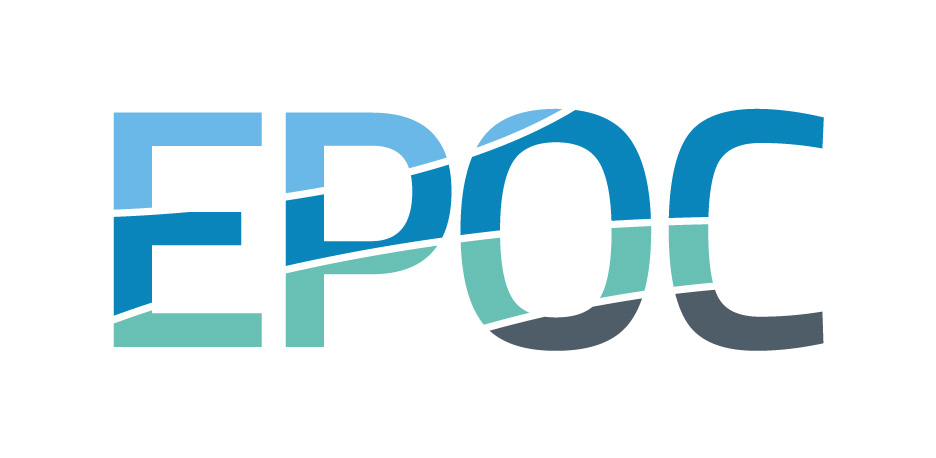
|
UMR CNRS 5805 EPOC
Environnements et Paléoenvironnements Océaniques et Continentaux |
English Version |
| AccueilEvénementsRecrutementsAccèsLiensPlan du Site | |
| > Evénements > Informations | |
|
Consignes de Sécurité et Numéros d'Urgence
(à l'usage des personnels du laboratoire) |
Séminaire Les Rencontres Scientifiques de l'ENSEGID Date le 12-02-2025 à 13:15
Lien https://ensegid.bordeaux-inp.fr/fr/rencontres-scientifiques-de-lensegid-amir-alamootiRésumé Flow and Transport in Porous Media: Bridging Reservoir Engineering and Soil RemediationFlow and transport in porous media play a crucial role in various applications, including reservoir engineering, enhanced oil recovery, geothermal energy, CO2 sequestration, hydrogen storage, and soil remediation. Despite their different end goals, reservoir engineering and soil remediation share a fundamental objective: fluid mobilization. Additionally, both fields rely on common physical principles, particularly multiphase flow in porous media. This talk highlights flow processes across different scales in consolidated porous media (reservoir rock) using numerical and experimental approaches. Coreflood experiments, coupled with history matching (inverse modeling), help determine saturation functions. Pore-scale analyses, including micromodel experiments and direct pore-scale modeling, are used to investigate oil mobilization mechanisms. The insights gained from studying flow and transport in reservoir systems are applied to soil remediation, aiming to reduce subsurface contamination effectively. Although similar tools are used, key differences must be carefully considered. Unlike reservoirs, where capillary forces dominate, gravity-driven flow plays a more significant role in soil systems. Additionally, the porous media in soil remediation consist of unconfined and unconsolidated materials, making remediation scenarios more complex. To address these challenges, numerical models are validated through experimental studies to analyze pollutant mobilization under realistic field conditions. Pilot-scale numerical simulations further enhance our understanding of pollutant migration in vadose and saturated zones. The knowledge gained from flow and transport studies in porous media not only improves pollutant remediation strategies but also offers valuable perspectives for future research in CO2 sequestration and contaminant transport. Retransmis en salle S-206 de l'ENSEGID Lien Zoom : https://bordeaux-inp-fr.zoom.us/j/96515765160 |
|
UMR CNRS 5805 EPOC - OASU - Université de Bordeaux Allée Geoffroy Saint-Hilaire - CS 50023 - 33615 PESSAC CEDEX - FRANCE | Dernière mise à jour : 6 Janvier 2025 | Contacts | Mentions Légales | © 2006-2025 EPOC | |
